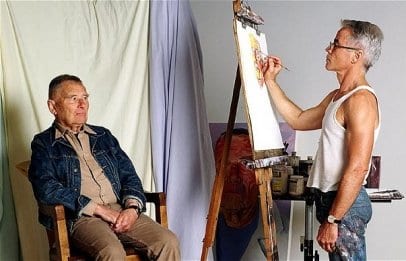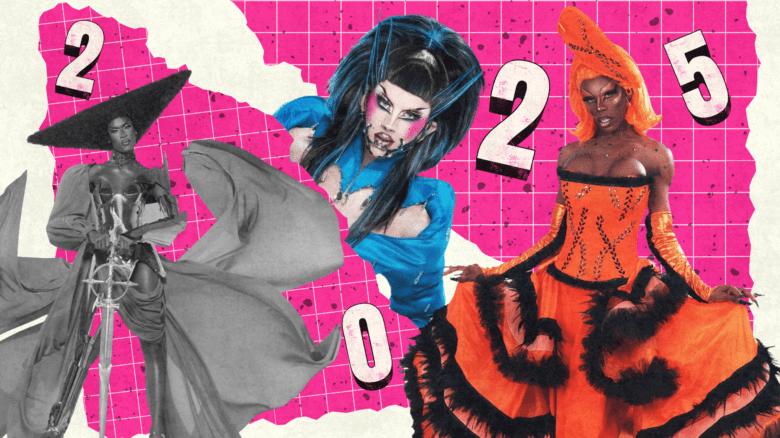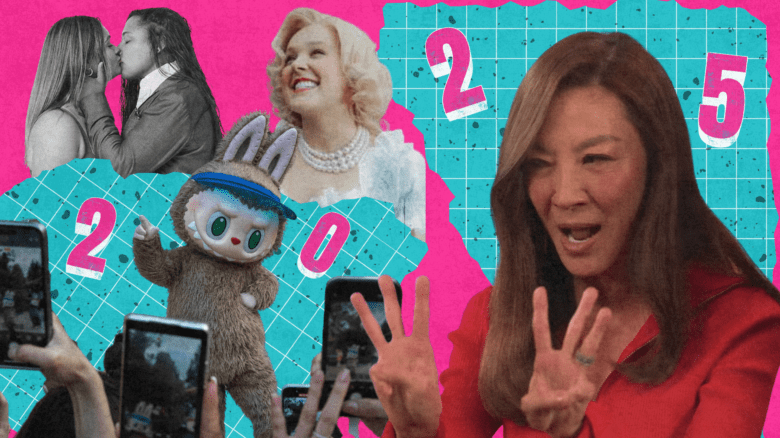
Christopher Isherwood, author of A Single Man and creator of iconic character Sally Bowles, met the love of his life, Don Bachardy, on a California beach. At the time, Isherwood was 48, a year older than 18-year-old Bachardy’s own father.
Despite Bachardy claiming he was “regarded as a sort of child prostitute” at the beginning of the relationship, they remained together for 33 years and became a well-established couple among Southern Californian society and Hollywood circles.
Nearly 30 years after Isherwood’s death, Bachardy, who became a celebrated artist in his own right for his portrait painting, has released the love letters exchanged between him and Isherwood during their decades together. Here are some excerpts from Bachardy’s interview with Vice about The Animals: Love Letters Between Christopher Isherwood and Don Bachardy.
On how the letters became a book: It was my idea. I’d saved all of Chris’s letters, and after his death, I found that he’d saved all of mine. Reading through them just made me think the material was too good not to share it with others. There’s almost nothing, no letter in the book, that is missing, except one, though I can’t remember now where in the sequence it is.
On how people reacted to their 30-year age difference: They freaked out about it at the time, all those years ago, because Chris wasn’t in the closet. He couldn’t very well pretend to be anything but queer. And everybody knew this very young looking friend he was going around with — they knew he wasn’t his son. It was considered quite shocking by people who guessed this relationship with a 30-year age difference. That was not at all usual in those days, and certainly not at all usual that neither party was hiding. No beards required! We just brazened it out. Also, we were both artists, so that made it easier. If we had nine-to-five jobs in a clerk’s office, it would have been much tougher because different standards apply.
On painting Isherwood right up until his death from prostate cancer: I was doing close-ups, these close-ups of what Chris was going through at the time. He was lying in bed, and I was hovering over him, just a few feet away. I don’t know of any other artist who has ever done close-up drawings of someone dying day after day, week after week. It seemed so appropriate to me because Chris had urged me to be an artist. And here I was with a model who I knew very well, who I’d drawn and painted through our 33 years together. And here he was dying, and it was a way of being with him intensely for much more of the day because I was drawing him. I was with him and looking at him in a way that I only looked at somebody when [I was] drawing or painting that person, so I could be with him intimately. It felt like dying was something he and I were doing together.

 Why you can trust Xtra
Why you can trust Xtra


